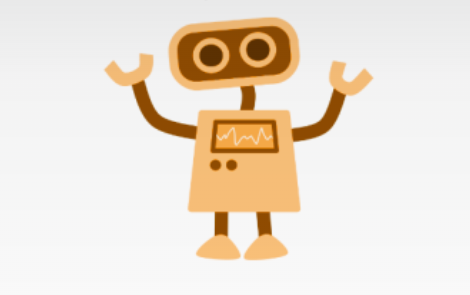Table of Contents
This is a fascinating paper from Google's DeepMind team.
You can listen to the NotebookLM podcasters breaking down this paper, or keep reading for my explanation.
It proposes a new architecture for AI agents based on the concept of "thinking fast and slow." It suggests that agents should be divided into two components: a Talker, which is fast and intuitive, and a Reasoner, which is slow and deliberative.
You've likely heard of System 1 and System 2 thinking. The Talker-Reasoner architecture mimics this.
Talker Agent
- Receives Input: The Talker takes in the user's most recent utterance.
- Accesses Memory: It pulls information from memory to prime its responses. This information includes:
- The conversation history, which provides context for the current interaction.
- The most up-to-date belief state created by the Reasoner agent, which signifies the Reasoner's understanding of the user's requirements and aims.
- Generates a Response: Using its language model, the Talker creates a conversational response informed by the input and retrieved data. This response is then relayed to the user.
Reasoner Agent
- Receives User Information: The Reasoner receives information from the Talker agent about the user's utterances and any relevant context from the interaction history.
- Performs Multi-Step Reasoning and Planning: The Reasoner engages in complex problem-solving, which might involve breaking the problem down into smaller sub-problems. It can access and utilize tools, external databases, and other resources to gather information and refine its reasoning.
- Forms and Updates Beliefs: The Reasoner creates and maintains a belief state, a structured representation of its understanding of the user's goals, needs, and the current situation. This belief state is updated as the conversation progresses and new information becomes available.
- Stores Beliefs in Memory: The Reasoner stores its updated belief state in memory, allowing the Talker agent to access it and incorporate the latest understanding into its responses.
Sleep Coaching Example in the Talker-Reasoner Architecture
They given an example of using the Talker-Reasoner architecture to create a sleep coaching agent.
The Talker agent functions as the conversational interface, engaging the user, processing their input, and providing initial advice based on the Reasoner's understanding of the user's needs. This could involve recommending simple sleep hygiene practices or relaxation techniques.
The Reasoner agent, operating in the background, performs a more in-depth analysis of the user's situation. It develops a personalized multi-step sleep plan that could involve environmental changes, behavioral changes, or recommending external resources. For example, the Reasoner might suggest adjustments to bedroom temperature or light levels, establishing a consistent sleep schedule, or using sleep-tracking apps.
The Reasoner continuously updates its belief state, which represents its knowledge about the user, as the conversation progresses and the user provides feedback. This allows the agent to adapt its recommendations and provide tailored support throughout the sleep coaching process.
Summing it all up
The Talker-Reasoner architecture represents a significant step toward creating more human-centric AI systems that can understand our needs, engage in natural conversations, and provide personalized assistance across various domains.

